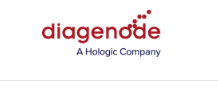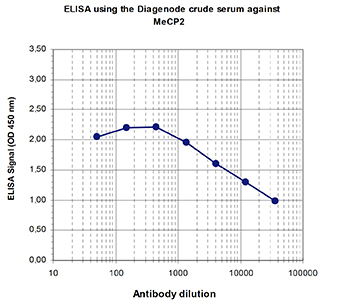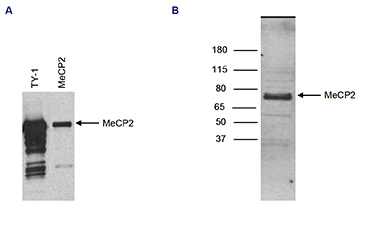
MeCP2 polyclonal antibody
| 货号 | C15310088 | 售价 | 咨询 |
| 规格 | 100 ul | CAS号 |
- 产品简介
- 相关产品
Alternative names: AUTSX3, MRX16, MRX79, MRXS13, MRXSL, PPMX, RTS, RTT
Polyclonal antibody raised in rabbit against human MeCP2 (Methyl-CpG-binding domain protein 2), using 3 different KLH-conjugated synthetic peptides containing an amino acid sequence from the N-terminal, the central and the C-terminal part of the protein, respectively.
| Lot | A131-004 |
|---|---|
| Concentration | not determined |
| Species reactivity | Human |
| Type | Polyclonal |
| Purity | Whole antiserum |
| Host | Rabbit |
| Precautions | This product is for research use only. Not for use in diagnostic or therapeutic procedures. |
| Applications | Suggested dilution | References |
|---|---|---|
| ELISA | 1:100 - 1:500 | Fig 1 |
| Western Blotting | 1:2,000 | Fig 2 |




